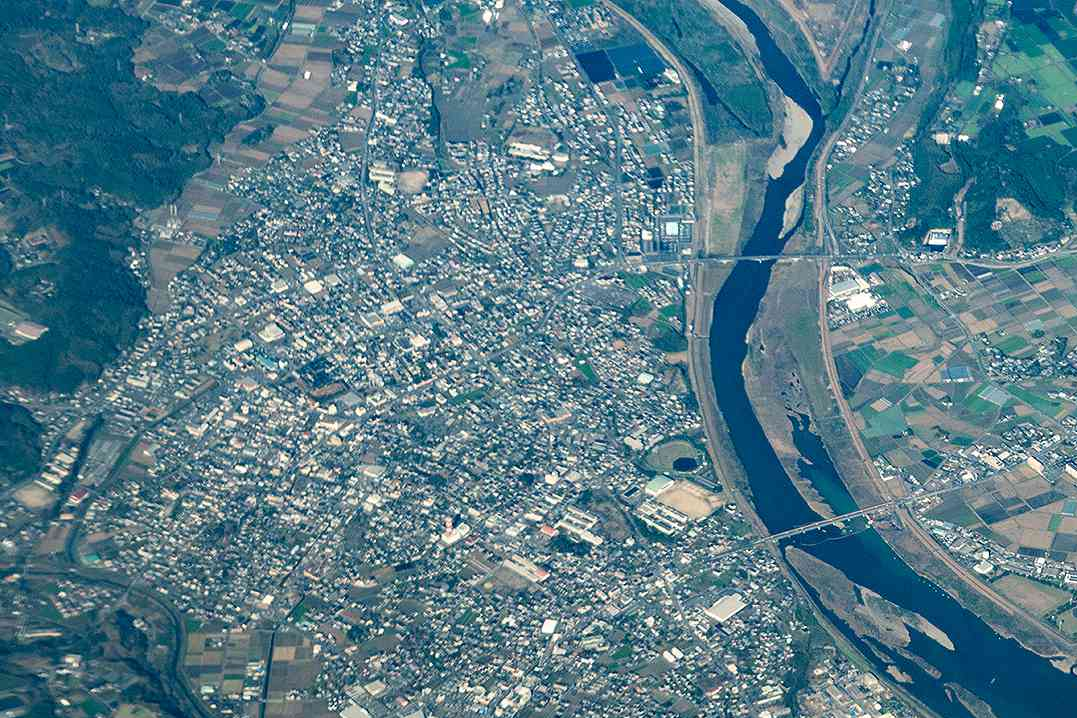Aerial view of the Miyazaki prefecture in Japan. Photo:
Getty
A 6.9-magnitude earthquake rocked the southwestern part of Japan on Monday, Jan. 13, prompting a tsunami advisory to be issued, authorities said.
The Japan Meteorological Agency said in a statement the quake happened with its epicenter in the Hyuga-Nada Sea around 9:19 p.m., local time, adding that seismic activity has continued since then.
“This earthquake was assessed as a reverse fault type earthquake with a pressure axis in the west-northwest and east-southeast direction and was a moment magnitude 6.7 earthquake caused by a part of the boundary between the land plate and the Philippine Sea plate in the expected focal area of the Nankai Trough earthquake,” the agency said.
Never miss a story — sign up for PEOPLE’s free daily newsletter to stay up-to-date on the best of what PEOPLE has to offer, from celebrity news to compelling human interest stories.
A tsunami advisory for the Miyazaki Prefecture as well as the Kochi prefecture was issued shortly after the tremor, CNN and CBS News reported.
There have been no reports so far about damage linked to the tremor, according to the Associated Press, which added that the tsunami advisory was later called off. At the time of the quake, officials were advising people to avoid coastal areas, Japanese broadcaster NHK reported.
The AP, citing NHK, reported that a man was slightly hurt in the Japanese island of Kyushu when he fell on some stairs, and train service in the Miyazaki Station was halted.
Aerial view of Miyazaki city. Getty
The Japan Meteorological Agency said on Monday it will continue to observe the crustal activity along the Nankai Trough.
Per NHK, the Japanese government estimated that, in a worst case scenario, over 230,000 people would die and 2 million buildings would be destroyed should an earthquake hit the Nakai Trough.
Last January, a 7.6-magnitude earthquake hit Japan’s western region, killing over 200 people and damaging or destroying about 49,000 homes, The Guardian reported.
